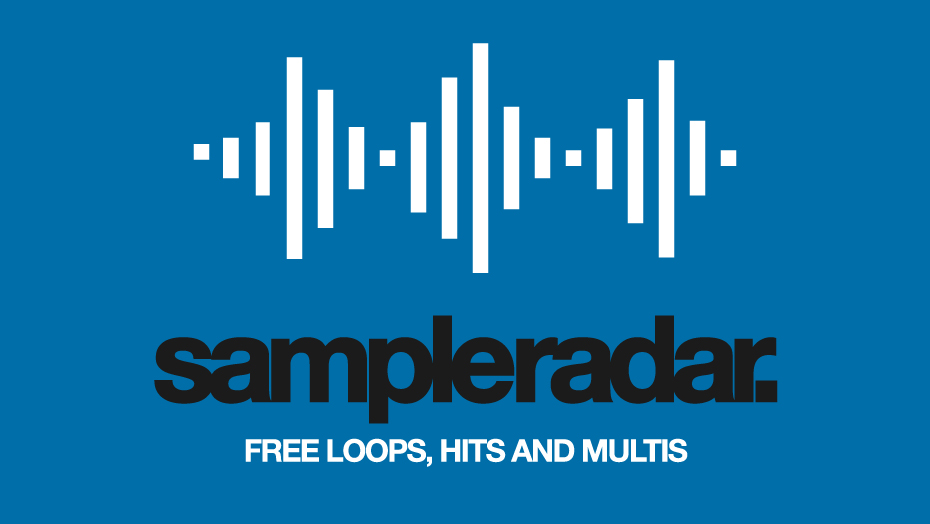Beat Building: program better drums with our guide to the fundamentals of electronic rhythm
We show you how to build beats in a variety of genres using free samples from our archive

When it comes to electronic music, the beat is everything. It’s the style and sound of a track’s drum groove that defines what genre it fits into.
A track might, for example, have all the sonic characteristics of something like house, hip-hop or drum & bass, but change the tempo or the groove, and suddenly you have something completely different.
Because genres tend to be defined by their beats, it’s possible to broadly define a classic example of how each works. That’s not to say all electronic genres are completely derivative or, more importantly, that you should stick rigidly to a template when creating a specific style of track. But understanding the fundamentals of how a certain style of music is put together is crucial if you want to experiment. Once you know the basic rules, it’s far easier to bend and break them.
That’s why, over the past week, we’ve been delving into the fundamentals of drum programming. The tutorials below will take you through a variety of styles and genres, touching on various eras of production, to help you understand the key rhythmic elements behind many of today’s biggest tracks.
Sounds matter
For our beat-building masterclass, we’re putting a lot of emphasis on where beats are placed in a groove and how they interact. But if you want to accurately capture the sound and feel of a specific genre, it’s important not to overlook the crucial step of considering the sounds themselves. While some genres are more sonically broad than others, for the most part dance music beats are largely defined by the tone of the sounds used.
Often the best way to pull influence from multiple styles is to apply the distinctive sounds from one genre to another
Electro, for example, is quite obviously heavily dependent on the use of electronic instruments and drum machines. The idea of creating an electro beat using an acoustic drum kit simply doesn’t make sense. Similarly, classic jungle and drum & bass take a large part of their character from the use of sliced and repitched drum breaks.
Other genres can be a little more flexible. Techno, for example, is traditionally rooted in beats from Roland’s TR-909, but in its modern forms producers often experiment with mixing sounds from classic drum machines, synthesis and found sound sources.
Want all the hottest music and gear news, reviews, deals, features and more, direct to your inbox? Sign up here.
The key in cases like this is understanding the role each sound is playing in the mix. You can swap out a 909 techno kick for all sorts of alternatives, for example, but it’s worth considering why the 909 is so widely used – in this case because of its punch and bass weight – and making sure your alternative fits the brief.

Free music samples: download loops, hits and multis from SampleRadar
Often the best way to pull influence from multiple styles is to apply the distinctive sounds from one genre to another. For example, taking the sliced breaks of jungle and using them at a house or techno bpm, or adopting the sliced, high-paced grooves of drum & bass but replacing the classic breakbeat with a loop pulled from a more unexpected source.
In some cases, the processing of sounds is more important than the source or even placement. We’ve not tackled ’90s IDM in this feature because it’s a genre where the beat is defined less by the placement of hits in a groove than treatments such as glitches, stutters and unusual spatial effects.
Beat Building: how to make a classic house beat
Beat Building: how to make a broken UK techno beat
Beat Building: how to make an old school electro beat
Beat Building: how to make a Big Beat beat
Beat Building: how to make a reggaeton beat
Beat Building: how to make a Berlin techno beat
Beat Building: how to make a lo-fi hip-hop beat


Future Music is the number one magazine for today's producers. Packed with technique and technology we'll help you make great new music. All-access artist interviews, in-depth gear reviews, essential production tutorials and much more. Every marvellous monthly edition features reliable reviews of the latest and greatest hardware and software technology and techniques, unparalleled advice, in-depth interviews, sensational free samples and so much more to improve the experience and outcome of your music-making.
